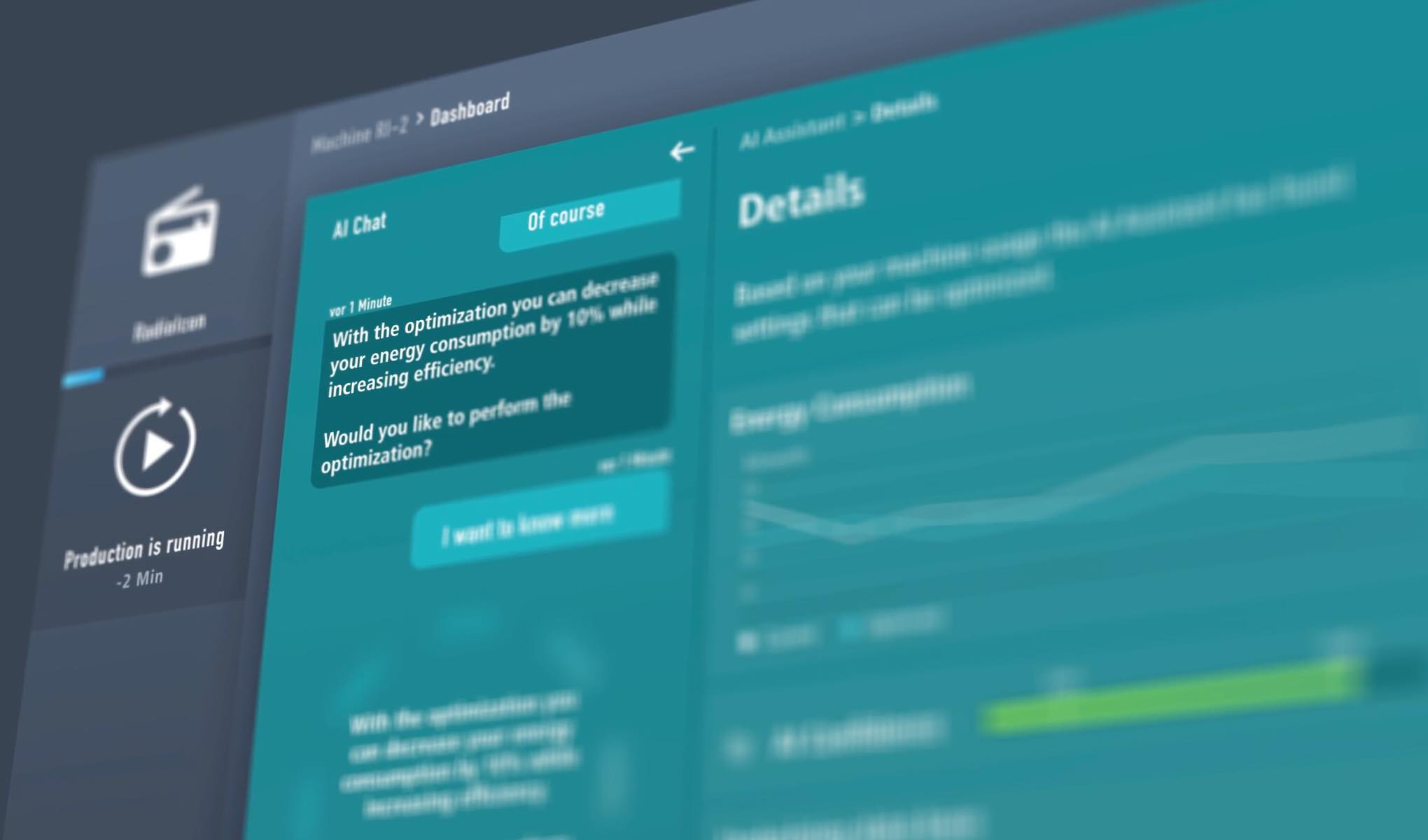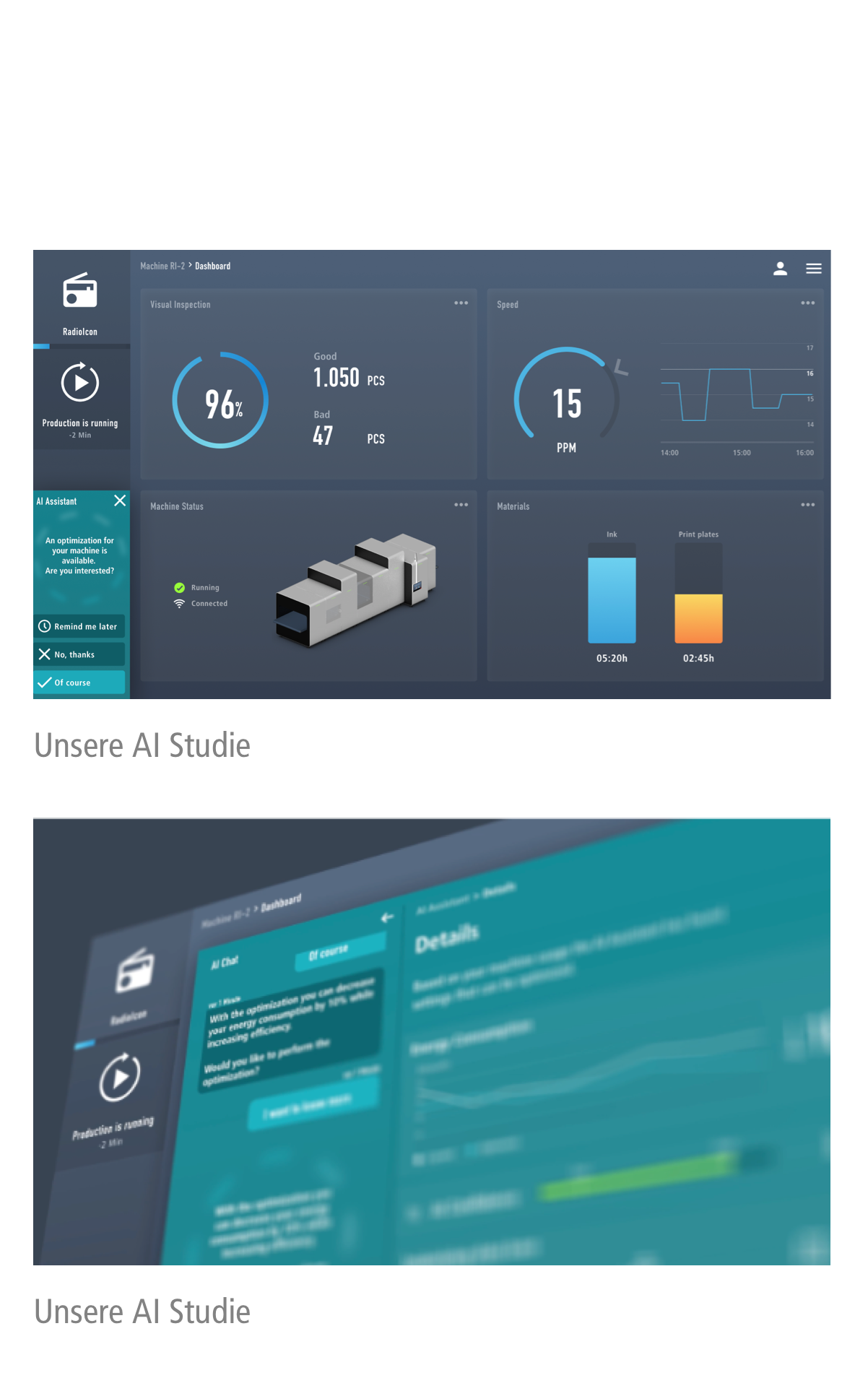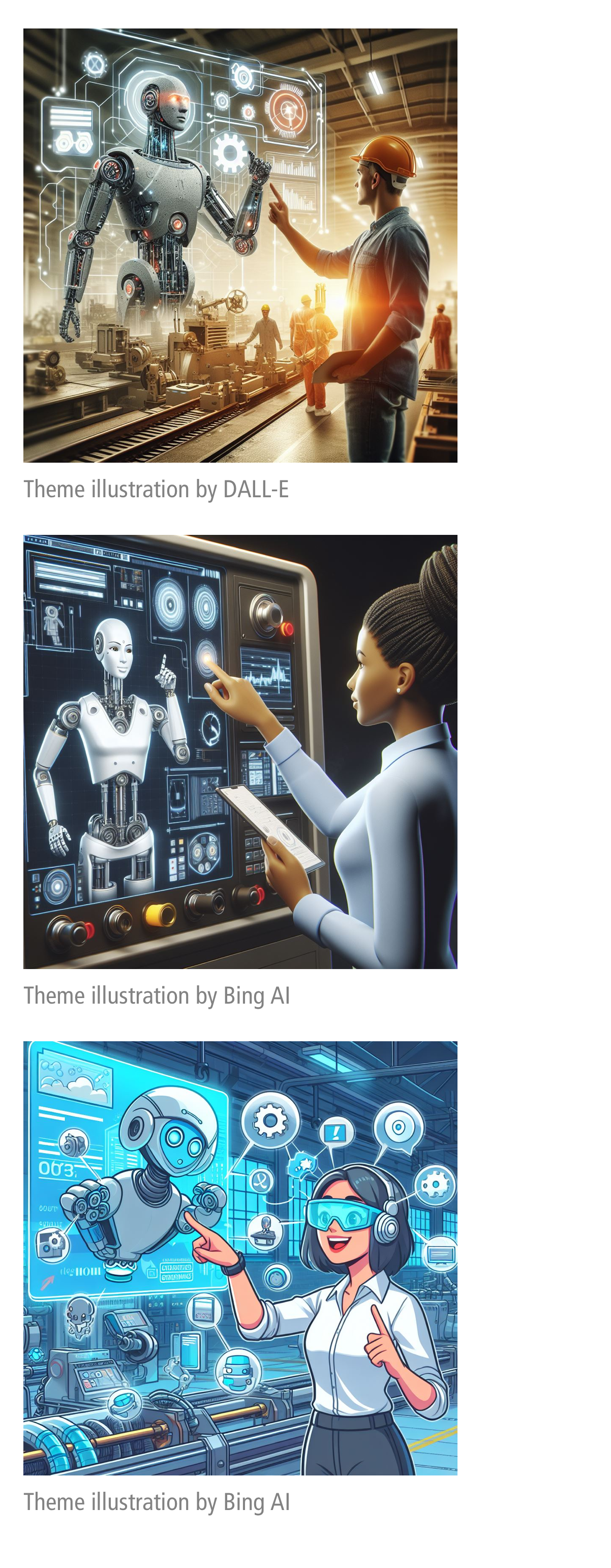Interaction patterns: chatbots and assistants
Thanks to AI, it is possible to respond to users in real time, allowing requests and needs to be met immediately. In particular, this includes chatbots that can answer complex questions and virtual assistants that take over tasks. These efficient tools often lead to drastic changes on the interface side.
In the past, chatbots were often used excessively in web design due to immature technology and had the reputation of being a poor substitute for human service tasks. Thanks to AI, this has changed. The use of chatbots is becoming more attractive as they can now not only answer complex questions, but also respond in seconds. Despite these advances, however, we should keep in mind that chatbots can occasionally "hallucinate" due to AI technologies by generating inaccurate or misleading information. A conscious and critical approach is therefore important.
Interaction methods: voice control, gesture control
Advanced interaction methods are being further developed thanks to AI. The performance of the systems enables users to communicate directly with the software. The quality of voice output and content has become so good that it feels as if you are talking to a human counterpart. The accessibility of this interaction method opens up enormous possibilities compared to keyboard and mouse operation or touch operation.
This is where the journey will take us: Personalisation, real-time customisation and recommendations
Personalised user interfaces have established themselves as the gold standard. Thanks to AI, they can now also adapt to individual preferences in real time, be it in terms of colours, fonts or functions - there are no limits to creativity here. This depends on the characteristics and skills learned by the AI as well as users' expectations of the system.
In AI-supported user interfaces, recommendation interactions, which are already a familiar concept from the world of social media, become essential patterns in order to continuously improve the AI. At the same time, AI offers users predictive recommendations. Instead of just waiting for user instructions, it anticipates needs and delivers contextual content.
Not only real-time recommendations are possible. AI also enables predictive planning of activities by anticipating future needs and requirements of machines and users and making proactive suggestions.




